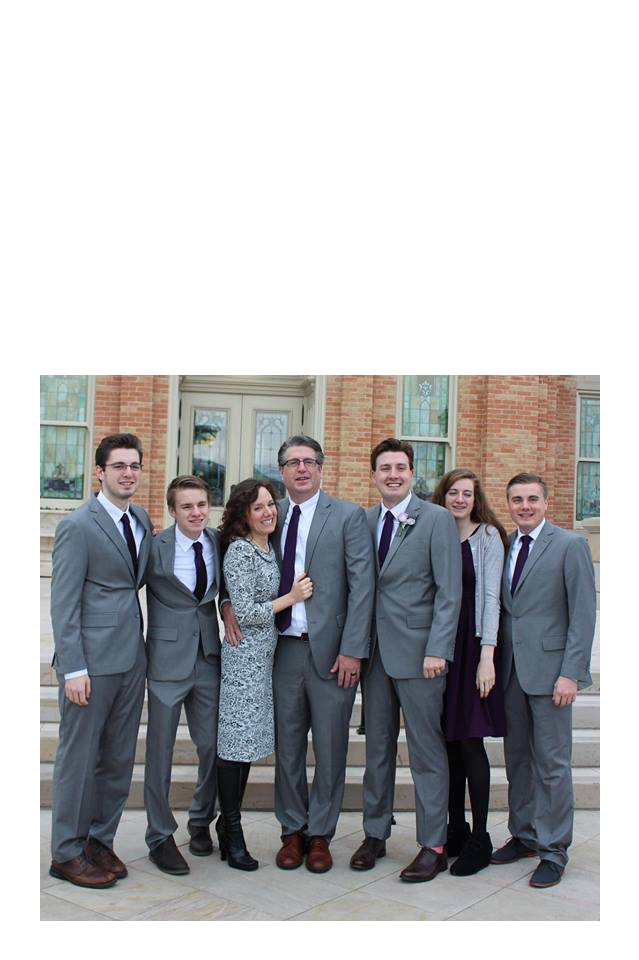 Today was a walking tour of the Old City of Jerusalem. We began at the Dung Gate on
the south wall of the city and left through the Damascus Gate on the north
wall of the city. It is not a long walk
except for the way we did it. After walking
through the Dung Gate, we proceeded to an Israeli check point for entrance to
the Western Wall or Wailing Wall. The
Western Wall for many years was a very small exposed portion of the original walls Herod built in 19 BC
around the Temple Mount. It is the holiest shrine of the Jewish
world. Immediately following the 1967
Six Day War, excavation around the Temple Mount began and now we are able to see and walk almost the entire length of the western wall from the southwest corner to the
northwest corner and up into what was once the Antonio Fortress which
overlooked the Temple. The walk included
an old Herodian (Roman period) street where Jesus would have walked which had
been buried under rubble of the Temple
when it was destroyed in 70 AD. Access
from the Herodian road or street to the area of the Antonio Fortress was
through tunnels into cisterns which supplied water for the fortress. Built over the remains of the fortress are
several churches to commemorate the condemnation and flogging of Jesus and the
beginning of His walk to Calvary.
Today was a walking tour of the Old City of Jerusalem. We began at the Dung Gate on
the south wall of the city and left through the Damascus Gate on the north
wall of the city. It is not a long walk
except for the way we did it. After walking
through the Dung Gate, we proceeded to an Israeli check point for entrance to
the Western Wall or Wailing Wall. The
Western Wall for many years was a very small exposed portion of the original walls Herod built in 19 BC
around the Temple Mount. It is the holiest shrine of the Jewish
world. Immediately following the 1967
Six Day War, excavation around the Temple Mount began and now we are able to see and walk almost the entire length of the western wall from the southwest corner to the
northwest corner and up into what was once the Antonio Fortress which
overlooked the Temple. The walk included
an old Herodian (Roman period) street where Jesus would have walked which had
been buried under rubble of the Temple
when it was destroyed in 70 AD. Access
from the Herodian road or street to the area of the Antonio Fortress was
through tunnels into cisterns which supplied water for the fortress. Built over the remains of the fortress are
several churches to commemorate the condemnation and flogging of Jesus and the
beginning of His walk to Calvary.
From the fortress we walk the Via Dolorosa (Latin for “Way of
Grief" or "Way of Suffering") (a street in two parts within the Old City of Jerusalem) traditionally held to be
the path Jesus
walked, carrying His cross, on the way to His crucifixion. The winding route from the Antonia Fortress
west to the Church of the Holy Sepulchre is a distance
of about 600 meters (2,000 feet).
However on our way we took a side trip to see a portion of the wall
around Jerusalem built 1000-586 BC. Then
on to the Church of the Holy Sepulchre originally built by Constantine over the area his mother was told was Calvary and
the site of Jesus Tomb. The church was
rebuilt during the Crusader Period 1099-1291 AD.
At this point it was time for lunch before
continuing back to the southwest corner of the Temple Mount. This time we
explored more excavation work and then walked to the south side of the Temple Mount to the Hulda Gates and the south steps of the Temple. The Hulda gates
are a set of three gates to enter and two gates to exit the Temple. The steps have
been buried under the rubble of the destruction of the Temple in 70 AD. Jesus and
His disciples would have entered the Temple via these steps. Jesus
healed the lame and the blind on these steps.
Through these gates Jesus chased out those as he cleansed the Temple. Peter also healed the cripple on these steps. The plan of the archeologists is to complete
the excavation of these steps down to the Pool of Siloam.
Standing on the original Temple Steps at what would have been the Hulda Gate.
After the Temple stairs the group broke up and Eileen, Christine and I
spent time in one of the archeological museums and then walked back to our
hotel via the Damascus Gate with only one slight problem. As we wandered through the streets towards
the gate we saw one street with a nice vista at the end so we decided to give
it a try. As usual I was in the lead and
as we came to the end of the street, I ignored the men I thought were trying to
sell me something. One man finally got
my attention telling me it was closed. I
was taken back thinking a street was closed until I realized the Dome of the
Rock was right in front of me. They then
explained it was closed to us not Muslims.
Tomorrow we are going up onto the Temple Mount but non-Muslims are only allowed from 8:30 AM to 10:30 AM.
























































